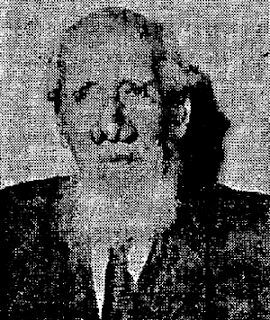JAMES BROWN AT THE APOLLO
(UNIVERSAL/POLYDOR 2013)
The album was nearly scuppered not by Khrushchev or Kennedy, but by Syd Nathan, the president of King Records. In the autumn of 1962, Brown, already a solid and dependable R&B star, approached Nathan with the idea of issuing a live recording of one of his popular shows at the New York theatre. The heart of what he did was his live act, he reasoned. Capture it on vinyl and they’d sell a million. Nathan pursed his lips, thought of the hit singles he could spend the money on, and refused.
So Brown stumped up $5700 of his own to fund the album and prove his label wrong. He hired the Apollo for a week, dressed its ushers in Tuxedos and groomed his backing singers – the Famous Flames – impeccably for the residency. As dusk fell on Wednesday 24 October 1962, a queue shivered around the block from West 125th Street, sipping complementary coffee, courtesy of the crew. Elsewhere in America shoppers were stockpiling food and bracing themselves for nuclear war. Backstage at the Apollo, Brown was clearing his throat for his 24th show of the week. His theatrical cape was pressed and the tape recorder was ready to roll.
The result, issued in June 1963 under the cumbersome title The Apollo Theatre Presents in Person the James Brown Show, spent an impressive 66 weeks on the album charts, demonstrating that live albums could indeed be good for business. It’s often cited as “the greatest live show ever recorded” and has rarely been out of print – although it seems each reissue comes with a new name (my own vinyl copy, bought in 1982, is titled Live and Lowdown at the Apollo Vol.1).
“Butane” James, the “hardest working man in showbusiness”, returned to the Apollo hundreds of times and made two more live albums there, all now whittled down to an anniversary edition, which includes previously unreleased tracks from an abandoned fourth live set. The original recording remains a remarkable concert document – although apparently no one realised for 30 years that some of the audience screams on early pressings were white teenagers at a Cincinnati skating rink, spliced in to the mix for crowd effect.



Comments
Post a Comment